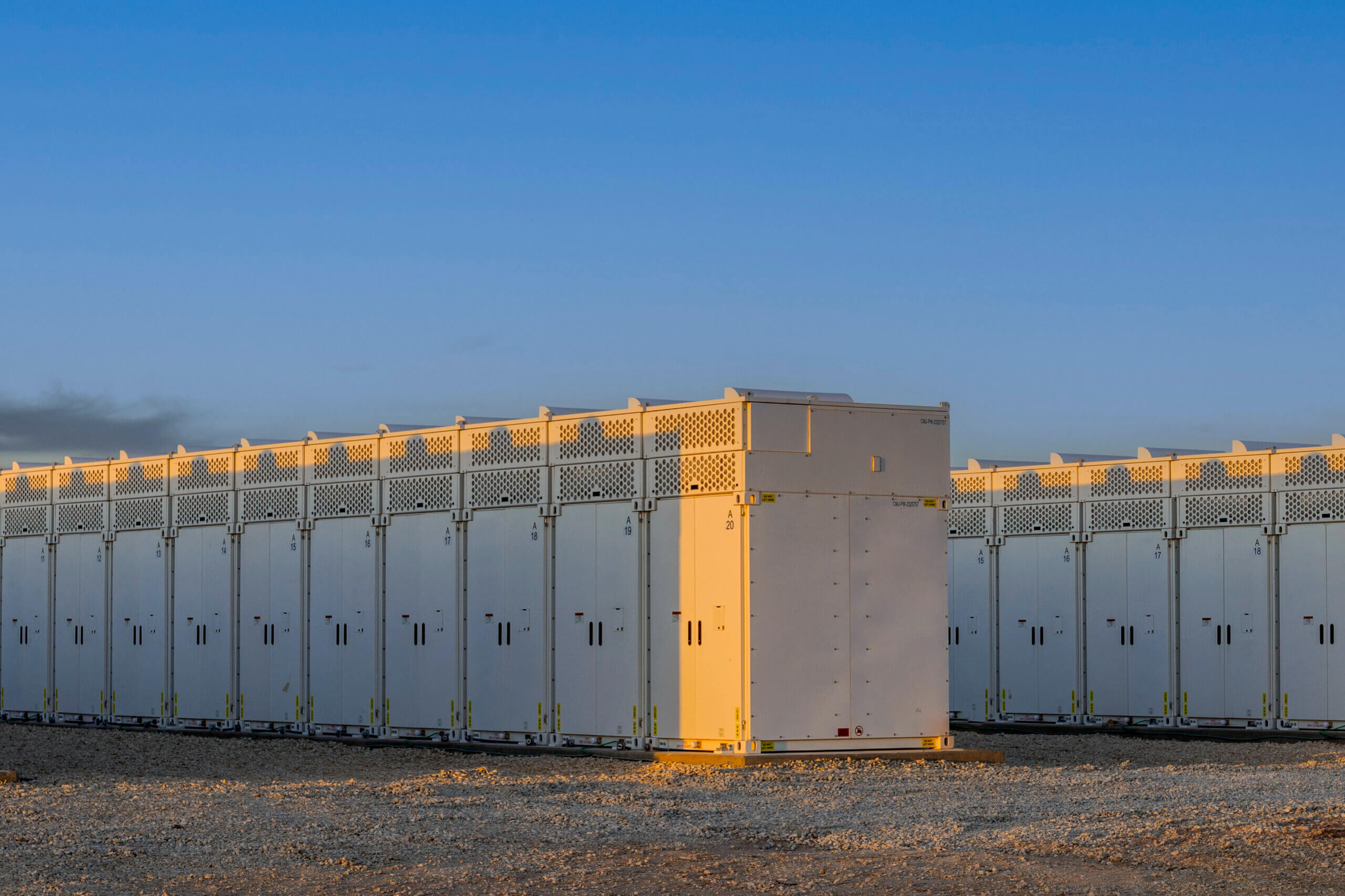The Art of Optimization
How Apex Navigates the Dynamic World of Energy Markets
As the saying goes, the only constant is change. For Apex, at the forefront of a relatively young industry, this has rung especially true in certain moments over the years—from expanding into new technologies to transitioning from developer to independent power producer (IPP)—and today, it continues to hold meaning. With the company’s shift to an IPP came a number of ripple effects, including Apex’s entrance into the rapidly evolving world of energy markets.
So what are energy markets? Picture Wall Street, but instead of speculative trading, energy markets are trading commodities—products such as electricity, heat, and fuel.
“Our team is performing asset-based trading, meaning that every decision we make is based around electrons flowing to and from the electric grid. While it’s exacting work, it’s not quite like speculative financial trading—we’re not simply trying to leverage opportunities. Rather, everything is in support of our wind, solar, and storage assets,” explained Rhodri Williams, senior manager of energy markets.
At a fundamental level, participating in energy markets enables Apex to maximize returns: expanding revenue streams for traditionally contracted renewable energy facilities, generating revenue—period—from merchant storage assets coming online, and improving gains across the board by deepening the team’s understanding of macroeconomic market fundamentals.
“Our transition to an owner-operator model means we now have greater control over how we operate these assets in the market,” said Williams. “Of course, that does require a more comprehensive view to make informed decisions.”
It’s in this view that companies can find their edge.
For every wind and solar project, Apex seeks consistent, financeable offtake—an entity to purchase the power generated—but simply stopping there leaves value on the table.
“This is an incredibly transparent market where raw data is universally accessible. Information is not your competitive advantage. It’s how you use that information that matters,” said Alexander Boyatt, executive vice president of asset management and operations.
But in a market constantly reacting to rapid technological advancements, shifting regulations, and unpredictable weather impacts, navigating such complexities is easier said than done.
A Bespoke Approach
For every wind and solar project, Apex seeks consistent, financeable offtake—an entity to purchase the power generated—but simply stopping there leaves value on the table. With an adept team, Apex is working around the clock to optimize assets, trading on ancillary services, reliability products, and in the day-ahead and real-time markets.
This optimization requires a tailored approach, balancing each market’s unique opportunities and challenges with the strengths and weaknesses of both individual projects and the entire portfolio. This also requires intense integration between those in the field and those making decisions.

“The physical work matters,” said Boyatt. “Our traders need to be in lockstep with those at the facilities. If we have six gearboxes scheduled for maintenance tomorrow at a certain site, we should not participate in the day-ahead market for that project.”
Scaling Our Expertise
Today, Apex participates in the Electric Reliability Council of Texas (ERCOT) and the Midcontinent Independent System Operator (MISO) markets, where the company has wind, solar, and storage facilities active and online. Looking to the coming years, Apex’s market presence will expand to mirror its development portfolio as new assets come online, with near-term projects slated for completion in the Pennsylvania–New Jersey–Maryland Interconnection (PJM), the Independent System Operator of New England (ISO-NE), and the Southwest Power Pool (SPP).
This expansion will bring economies of scale, both in terms of maximizing gains and regulating risk—and managing that risk appropriately for each asset is crucial to Apex’s strategy.
“If I recognize a big month coming up in terms of weather and the price of gas, I might take more risk with a storage facility that is performing well than an asset that is a bit more cash constrained. And across the board, if a facility is supporting an offtaker with power, we avoid significant risk,” said Boyatt. “As we continue to expand as an IPP, our ability to mitigate risk through very active revenue management will also grow.”
This scalability is key to Apex’s approach. If Apex’s daily operating strategy at a certain facility nets $50,000, that same decision across a growing portfolio will yield significantly magnified returns.
In the end, this focus on optimizing assets serves a dual purpose: it not only supports the bottom line, but also enables the work—developing new projects and bringing more megawatts online—that achieves the company’s mission of accelerating the shift to clean energy. As Apex’s foray into energy markets demonstrates, in the world of renewables, the ability to adapt is one of the most valuable assets.

